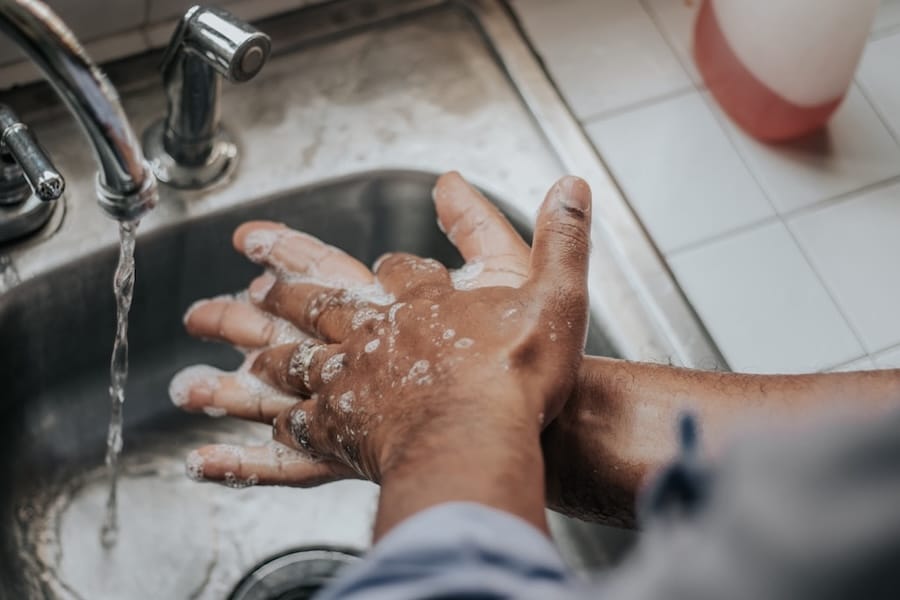Environmental hygiene is a critical component of infection-prevention strategies across hospitals, clinics and long-term care facilities. While clinical interventions often receive more visibility, the cleanliness and disinfection of the built environment strongly influence the risk of environmental contamination and subsequent transmission. Improvements in daily processes, product selection and staff competency all contribute to safer care settings.
Strengthening routine cleaning and disinfection
Consistent routines form the backbone of effective hygiene programmes. Surfaces that are touched frequently—bed rails, worktops, infusion pump housings, door handles—require particular attention, as they can act as reservoirs if not cleaned and disinfected correctly. Standard operating procedures help ensure that staff follow the right sequence, apply the correct product amount and respect labelled contact times. Technical guidance on managing healthcare-associated infections continues to highlight the value of structured routines supported by suitable disinfectant formulations for varied materials and departments.
Targeted strategies for high-risk zones
Critical units such as ICUs, emergency departments and isolation rooms benefit from targeted hygiene measures layered on top of routine cleaning. These may include enhanced frequencies, the use of wipes for rapid turnover, or product formats that reduce dilution variability. Monitoring approaches—such as fluorescent marker checks, ATP testing or visual inspections—provide feedback that supports continuous improvement. Within broader operational frameworks, facilities often review their overarching hospital disinfection strategy to ensure alignment with evolving regulatory expectations, material compatibility considerations and workflow constraints.
Staff competency and workflow organization
People remain central to environmental hygiene performance. Well-trained teams are more likely to recognise soil types, select appropriate tools and apply disinfectants in a way that fully wets the surface. Regular refresher training helps maintain competency despite staff rotation and seasonal pressures. Workflow organization also contributes significantly: clear zoning, colour-coding systems and defined responsibilities ensure that cross-contamination risks are reduced and that cleaning sequences follow a logical path from cleaner to dirtier areas.
Achieving measurable improvements
Facilities seeking to lower infection risks benefit from objective verification methods. Audit data can highlight gaps, validate changes in procedures and support procurement decisions. Adjustments may include refining tool selection, introducing ready-to-use formats to enhance consistency or revising schedules to reflect patient acuity. Over time, these actions help create a more resilient hygiene culture—one where environmental cleanliness is visible, documented and continuously optimized.
The Editorial Team at Healthcare Business Today is made up of experienced healthcare writers and editors, led by managing editor Daniel Casciato, who has over 25 years of experience in healthcare journalism. Since 1998, our team has delivered trusted, high-quality health and wellness content across numerous platforms.
Disclaimer: The content on this site is for general informational purposes only and is not intended as medical, legal, or financial advice. No content published here should be construed as a substitute for professional advice, diagnosis, or treatment. Always consult with a qualified healthcare or legal professional regarding your specific needs.
See our full disclaimer for more details.








